
© Andy Ross. (Click image for larger version)
Scottish Ballet
Maze, Motion of Displacement, Elsa Canasta
Glasgow, Theatre Royal
24/25 September 2015
www.scottishballet.co.uk
Scottish Ballet’s autumn bill is an uplifting affair on several levels – everything on it is new to the company, none of it hidebound by tutus or pointe shoe tradition and for two of the three works it shows Scottish Ballet reaching out to develop new choreographers and new ideas.
For me there were two draws – one a piece by a New York choreographer I’ve never seen before, Bryan Arias, and the second to see Javier de Frutos’ Elsa Canasta, much loved when created on Rambert 12 years ago and award-winning, too. Although the night was conceived and sold as a double bill, the actuality is that it morphed into a double bill plus a surprise, and that surprise was a new work by company dancer Sophie Laplane (interview), of which more later. But suffice it to say that meant we had 2 world premieres and a ‘winner’ to watch, so big reasons to be cheerful and make the journey from London to Glasgow.

© Andy Ross. (Click image for larger version)
Bryan Arias’s dancing pedigree is impressive and includes Nederlands Dans Theater, Complexions Contemporary Ballet and, currently, Crystal Pite’s Kidd Pivot. Pite is one of the most in demand dance-makers in the world at the moment and Arias being connected into that environment, Kylian, Naharin (and others) intrigued me much. He is, though, young as a choreographer and I thought his Motion of Displacement didn’t work so very well as a piece of dramatic dance. You learn what the piece is about from an excellent interview in the programme by Mary Brennan – it’s about his mother leaving El Salvador at 16 to seek a better life in the USA, a huge step into the unknown. There is obvious resonance with the current mass movements of refugees across Europe, all seeking a better living.
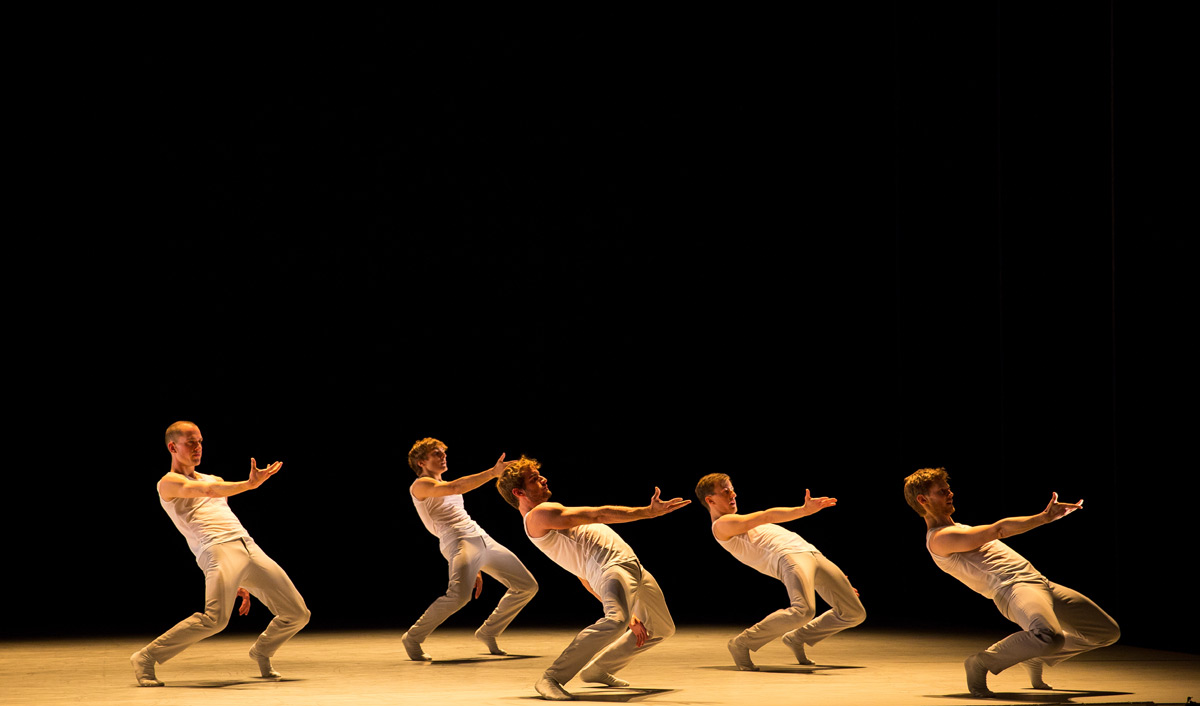
© Andy Ross. (Click image for larger version)
My own feeling is that a ballet needs to convey its message without relying on a programme, and Arias’s doesn’t. Even armed with the background reading for Motion of Displacement I couldn’t see particularly clear parallels with much of the inspiration. It does, though, start and end captivatingly well – with its cast of 10 in a beautifully statuesque chain across the front of the stage, a chain from which a solitary girl detaches at the end of the work. In the middle there are competent contemporary (if rather generic) solos, duets etc, none bad but none plugging you into the specific story or making you marvel at fresh movement. For me it might have been about anybodies right of passage rather than an extraordinary one. No complaints about the score, an interesting mix of John Adams minimalism and Bach. George Thomson’s lighting, consisting of 11 visible tungsten bulbs that roamed the stage like the dancers, generally intrigued, though once or twice one had to wait while a bulb slowly ascended or descended for unknown reasons – rather irritating. I think it’s a very sincere piece – that really comes over from the Brennan interview, but being so close to the inspiration has made it almost too subtle, nuanced and inward-facing and far from unlocking it on a second viewing I just continued to find it generic and hard going. Making readable dramatic dance is a hard old thing.
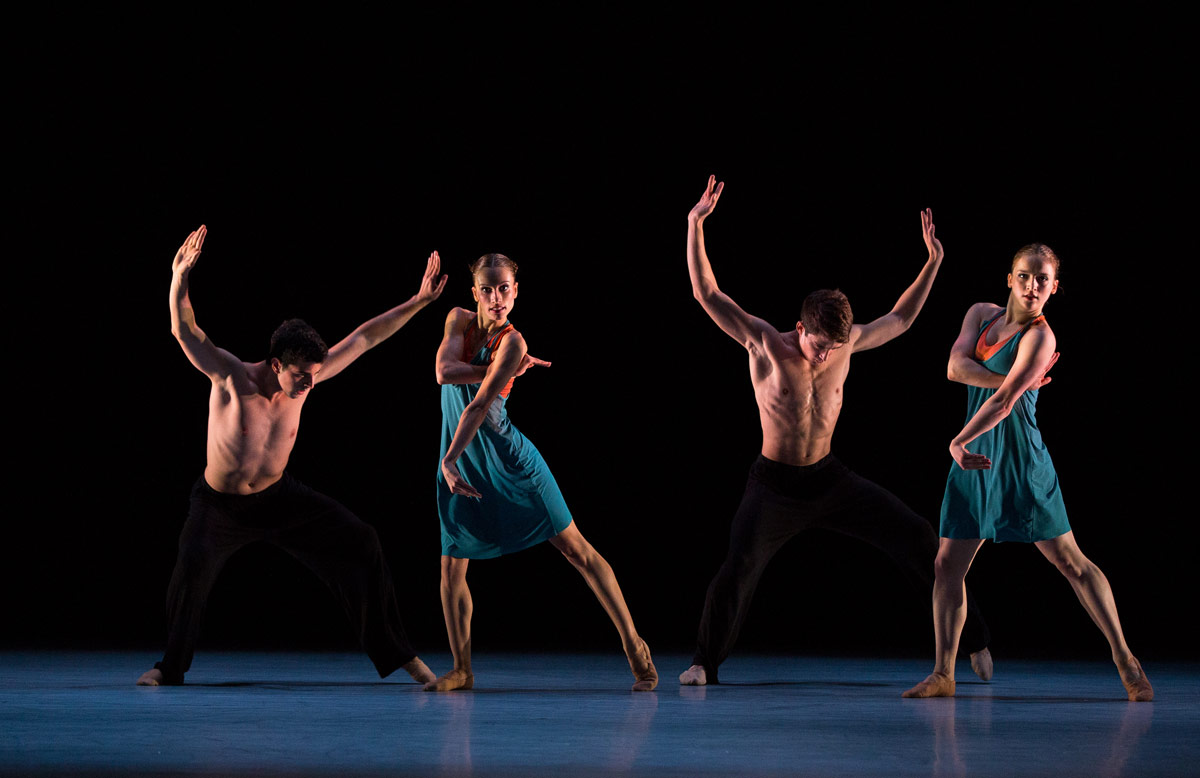
© Andy Ross. (Click image for larger version)
In his introduction on the night, artistic director Christopher Hampson described Sophie Laplane’s Maze as a “really beautiful jewel” and one which he’d seen grow over a number of months and felt had to be included. I’m so glad he did because I think Laplane is an original voice and her piece of dramatic dance really spoke to me. It’s about growing up and the difference between the sexes, and the title comes from the teenage feeling of not knowing which way you might go to get where you need. It starts with 2 boys, trying to be macho and decisive but also matey and supportive. Then we are introduced to 2 girls and a very different body language, elaborate, showy, darting precision and in a way less emotional. In the third, and last, section the 4 come together in a dance equivalent of “Men Are from Mars, Women Are from Venus” and it brings forth the best of the movement as curious heads and bodies push forward trying to inspect the other sex, understand what they are about and fit in. At times the bodies look like hideous gargoyles rather than fit young things – the inner feelings and worries of youth. Despite all the difficulties, one pair eventually kiss and the piece ends – the maze has been cracked.
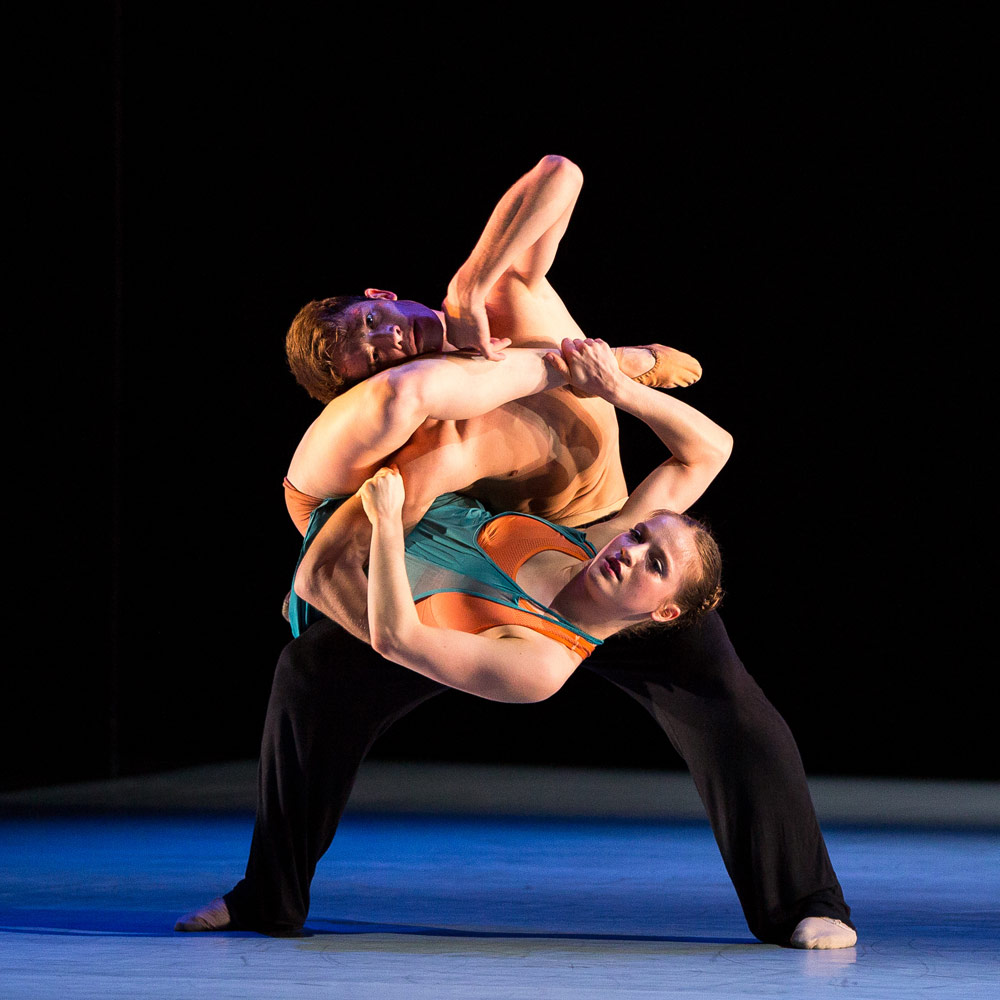
© Andy Ross. (Click image for larger version)
In some respects Laplane channels Kylian, Lightfoot and Ek and their awkward presentation of real bodies, but Laplane smacks of the movement and music of clubs – it’s fast, angular and unexpected and while the lines she carves seem mechanically precise there is often great humanity in it – it chimes of very real people. I really enjoyed her short piece (Oxymore) at the Edinburgh Festival 2 years ago and her contribution to the Royal Opera House Linbury performance of newer choreographers’ work (earlier this year), but Maze is another level on. I think there is somebody here who has the potential to go a long way.
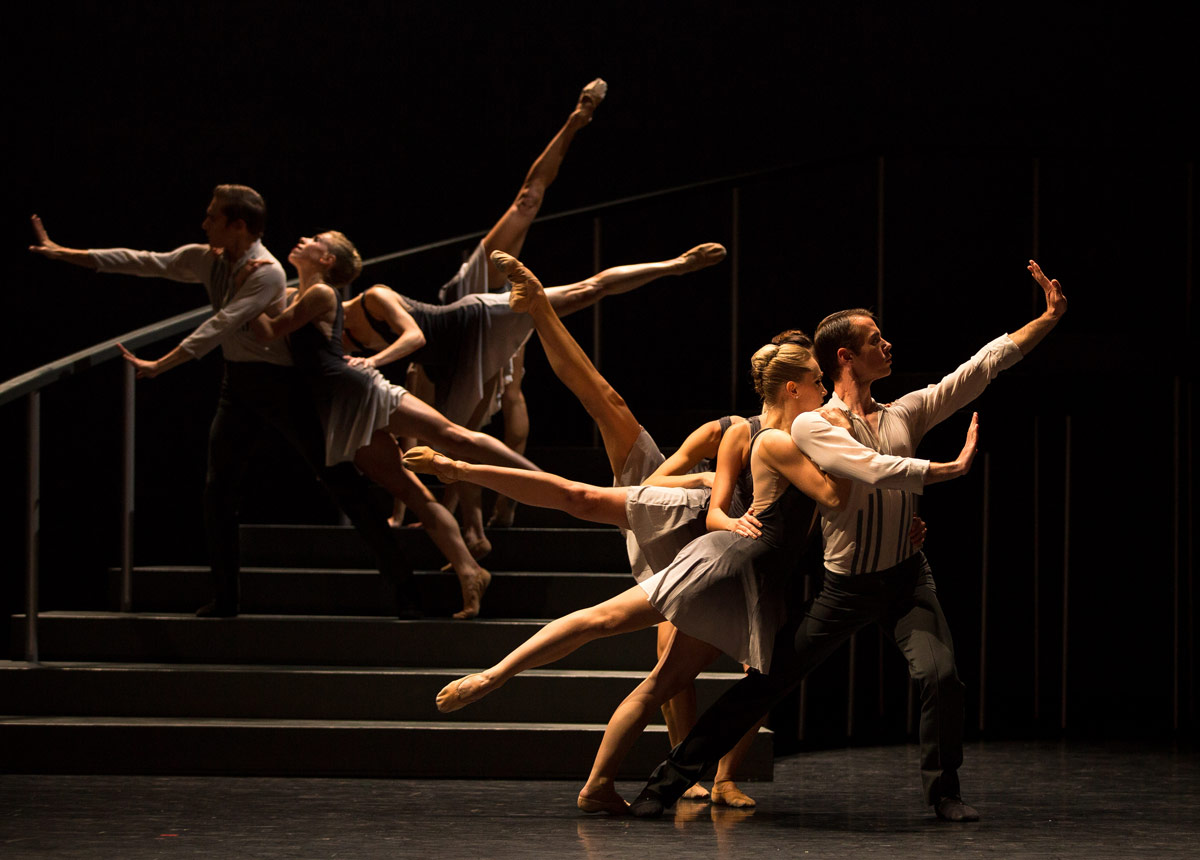
© Andy Ross. (Click image for larger version)
The undoubted big hit of the night was Javier de Frutos’s hugely theatrical Elsa Canasta. It has everything – drama, passion, live singing, sex, acrobatics, Cole Porter and stairs. All the action takes place on a huge 30’s-style sweep of stairs (nicely designed by Jean-Marc Puissant) and you sometimes fear for the dancers as they race up and down, are lifted high above by sure-footed partners or jump off to be caught at the last moment. It gives a multi-layered view of the action, thrilling action, for all. De Frutos has moved the piece on since he originally created it in 2003 – notably it’s now sung by a man, the excellent Nick Holder, but there are other changes in tone to make the female characters stronger, and in his blurb De Frutos says “It works like a well-oiled machine.” Oh yes, and it needs to with so much fast action. But there are slower sections, most notably a loving male duet (to ‘So in Love’) and some ballet quotes too – Apollo with his 3 muses (led by the delightful Eve Mutso), and also what I fancy is a little homage to Ashton as 6 girls circulate around a happy Christopher Harrison. There’s also a notable duet for Sophie Martin and Erik Cavallari to ‘Down in the Depths’ – it’s love but not as we know it. And crowning it all off is a fast-paced ending for all 14 dancers.

© Andy Ross. (Click image for larger version)
Elsa Canasta was good the first night but on the second performance there was even more abandon and it’s their piece now, you thought. Full marks also to Richard Honner and the orchestra for cracking support of Nick Holder and all on stage. An exhilarating end to a double bill that ultimately delivered 2 terrific ballets for me.












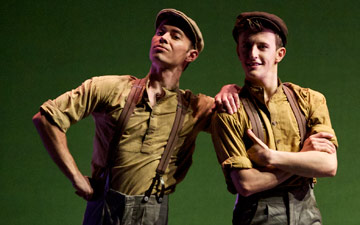
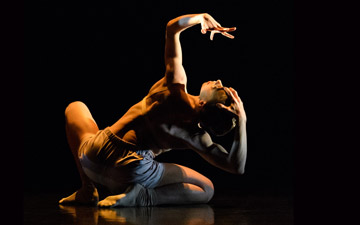
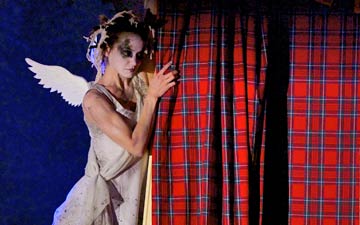
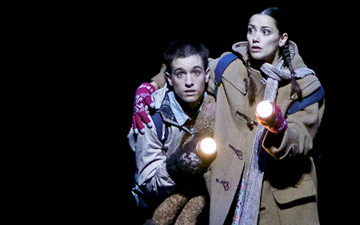
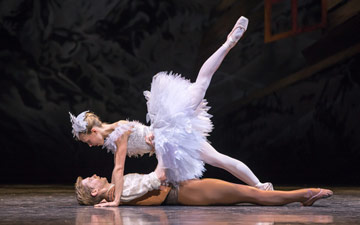
You must be logged in to post a comment.